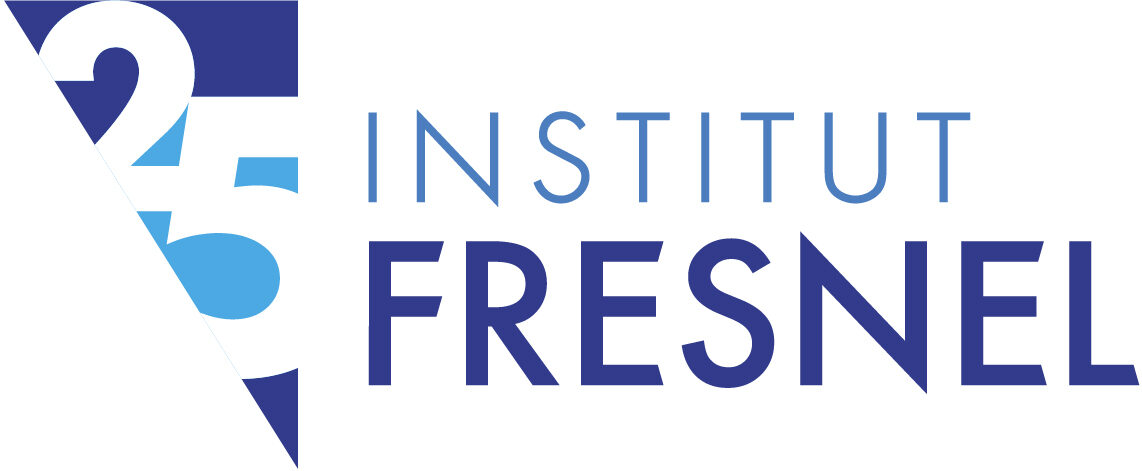- - Équipe : Mosaic
- - Direction de Thèse : Thomas Chaigne
- - Lieu : Institut Fresnel
- - Contact : thomas.chaigne@fresnel.fr
Motivation :
The study of large-scale neuronal circuits throughout the brain is a major goal in neurobiology yet currently one of the biggest technical challenges. Indeed, high resolution non-invasive imaging of activity in large neuronal populations is limited to shallow depths due to prominent light scattering beyond one millimeter. Photoacoustic imaging is a promising approach to overcome this issue. This fascinating technique relies on ultrasound generation upon the absorption of a light pulse, thus enabling to probe optical absorption contrast at large depth
in biological tissue.
Photoacoustic imaging has been used to record the activity of neurons through variations in the optical properties of specific molecules (« proxies »), and ultrasound being much less scattered than light, up to several millimeters deep in the intact brain. The optical contrast underlying the photoacoustic signal can be endogenous (such as that provided by blood -thus hemoglobin – via its concentration in tissue or its oxygen saturation), or exogenous (such as calcium sensitive indicators [1]). Importantly, it has recently been shown that genetically encoded fluorescent markers can generate a photoacoustic signal, as these molecules are primarily optical absorbers [2]. Furthermore, recent proofs of concept have demonstrated that, using such fluorescent indicators, it is possible to image changes in their absorption due to neuronal activity [3]. However, these studies were limited by sub-optimal molecular probes and low-frequency piezoelectric ultrasonic sensors, which severely limited spatial resolution.
2026_Master_INTFresnelDeepColor1

